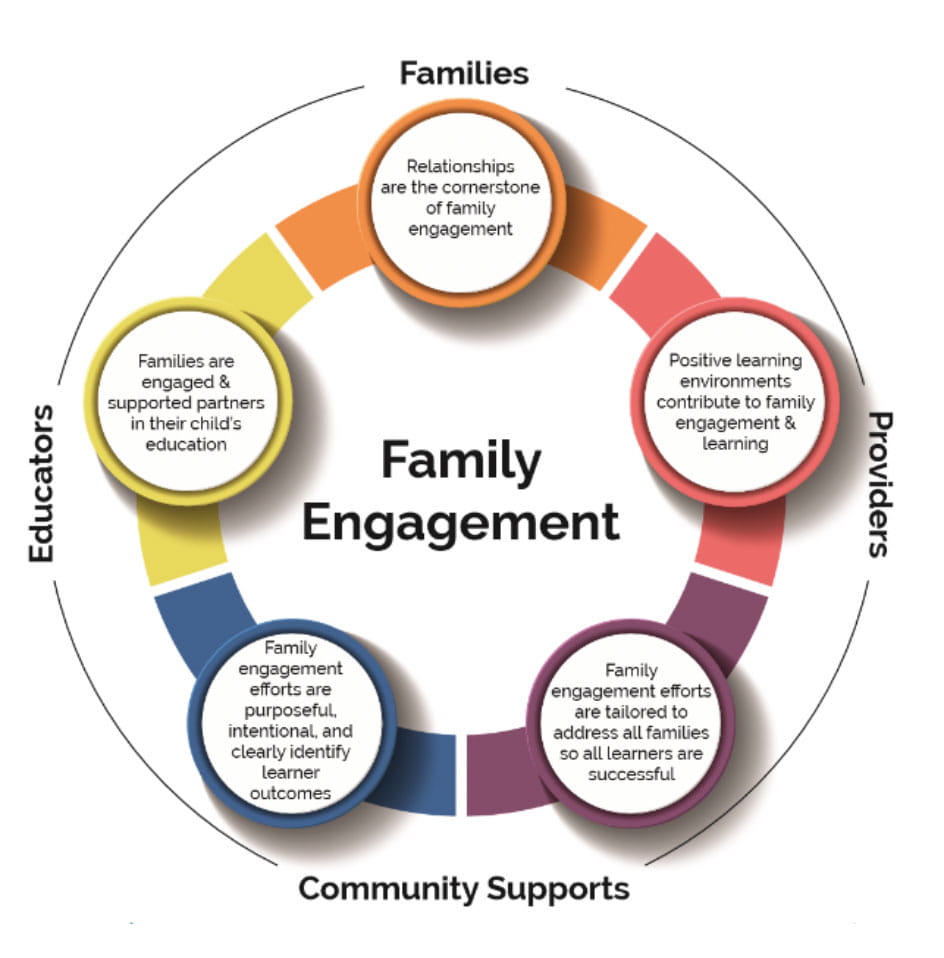 Hello everyone! For my last discussion, I am going to be talking about a third and very important party in the education system, especially during early childhood. These are the parents or guardians. Yes, an efficient school system is crucial to the quality of education that a child receives. At some point, our attitude in school also makes a significant contribution to our progress. However, this is as we grow older, at younger ages (elementary level) parent involvement in education is quite important.
Hello everyone! For my last discussion, I am going to be talking about a third and very important party in the education system, especially during early childhood. These are the parents or guardians. Yes, an efficient school system is crucial to the quality of education that a child receives. At some point, our attitude in school also makes a significant contribution to our progress. However, this is as we grow older, at younger ages (elementary level) parent involvement in education is quite important.
 Now, I know that not every household has parents that are available to be involved in their child’s school life. A lot of American parents both work, and it is becoming more and more common day by day. In the past, this was common amongst families who lived through financial difficulty. However, currently, in the twenty-first century, it is becoming a norm across all socioeconomic classes. A lot of children are now sent to afterschool or daycare, and those who are financially comfortable pay live-in nannies. This is exactly why I am here to place emphasis on this issue. Although it is becoming more difficult and less common to actively engage in children’s lives and education, it is crucial.
Now, I know that not every household has parents that are available to be involved in their child’s school life. A lot of American parents both work, and it is becoming more and more common day by day. In the past, this was common amongst families who lived through financial difficulty. However, currently, in the twenty-first century, it is becoming a norm across all socioeconomic classes. A lot of children are now sent to afterschool or daycare, and those who are financially comfortable pay live-in nannies. This is exactly why I am here to place emphasis on this issue. Although it is becoming more difficult and less common to actively engage in children’s lives and education, it is crucial.
When I say “engage” I do not necessarily mean checking that the student has decent grades or is completing their homework. Now, this is something that an afterschool can actually do very well on their own. The parents should be more involved in the children’s friendships, activities, or hobbies. We have passed the time where there are kids who are “sporty” or “artsy” or “smart.” A child should be encouraged to try all of the things that they want to. Parents should sign kids up for the activities that kids want to try, and not all of them require money! A lot of recreational centers provide free activities for younger kids with new interests.
The reason why all of this is so important is that the mental health and eagerness to learn within a school environment is an attitude developed at a younger age. I can personally speak for this because I work at a small children’s academy at the moment. There are about ten kids, but each one has a different attitude when it comes to trying new things or studying. Some are excited, eager, and confident. However, others are ALREADY insecure, shy, and unwilling to show “bad” sides of themselves. Children develop a sense of pride much earlier than society seems to recall, and it is important to encourage growth and new ventures at a younger age.


 Overall, the college application process seems thorough and organized, yet there are so many unspoken parts that lead to a student’s acceptance or rejection. I definitely think that the standards should be readjusted and that universities overall should become more clear and honest about their application review process.
Overall, the college application process seems thorough and organized, yet there are so many unspoken parts that lead to a student’s acceptance or rejection. I definitely think that the standards should be readjusted and that universities overall should become more clear and honest about their application review process.
 I was in the medical academy and throughout the four years, I was able to take three-hour labs, specific medical classes, and participate in medical/research clubs. It was almost like a taste-testing of what college would be like. In the end, I chose to major in economics but having this high school experience helped me decide what I as a person liked and was more suited to study.
I was in the medical academy and throughout the four years, I was able to take three-hour labs, specific medical classes, and participate in medical/research clubs. It was almost like a taste-testing of what college would be like. In the end, I chose to major in economics but having this high school experience helped me decide what I as a person liked and was more suited to study.


